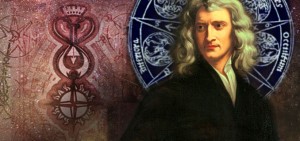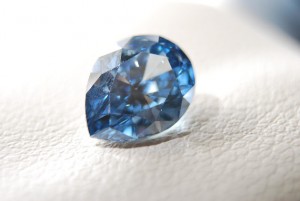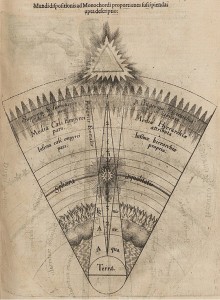Archive for January, 2014
The Man Who Turns Corpses Into Diamonds
This does not see morbid to us at all, but rather a beautiful way to preserve a loved one’s memory: Create from their very own carbon a gem stone to be passed down through generations. What do you think Dear Readers?
Meet the Man Who Transforms Corpses into Diamonds
By Gian Volpicelli
Vice.com
“Rinaldo Willy’s job is to transform dead people into precious stones.
Willy, 33, is the founder and CEO of Algordanza, a peculiar funeral home based in the lovely town of Domat/Ems in western Switzerland. Algordanza—which in the local Romansch language means “remembrance”—is one of the leaders in the production of so called “memorial diamonds.” If you fancy a blinged-out eternal sleep, Algordanza will put the latest technologies at your service to convert your ashes into a synthetic diamond.
The price for this transfiguration ranges between 4,500 and 20,000 Swiss francs ($5,000-$22,000), depending on how big a diamond you want to become. That includes the packaging of your shiny remains into what the firm’s website describes as a “noble wooden box.” But it will then be up to your loved ones to decide whether to leave you in your noble box or put you on a ring or pendant so they can carry you around with them.
Every year, 850 former-people enter Algordanza’s laboratory to emerge some years later as a precious gem. While shortage of land and increasing population are calling the traditional cemetery model into question, perhaps the future of corpse management could lie in this unusual blend of mortuary science and jewelry.
To further investigate, I caught up with the man himself, Rinaldo Willy.
Motherboard: So, can you tell us how you got the idea of making diamonds from corpses?
The idea first struck me ten years ago, when I was a student of economics. One of my teachers gave me an article by a Russian scientist to read; it was about the production of synthetic diamonds to be used in the semiconductor industry. The article explained how such diamonds could be made from ashes, and I misinterpreted it, thinking it was referring to human ashes–while in fact it was talking about vegetable ashes…”
For the complete post click here.
ShareFrom the archive for alchemy: Robert Fludd and His Images of The Divine
These intricate and inspired engravings speak for themselves, but the background behind them is equally fascinating… Enjoy!
“Between 1617 and 1621 the English physician and polymath Robert Fludd published his masterwork Utriusque Cosmi, a book split into two volumes and packed with over 60 intricate engravings. Urszula Szulakowska explores the philosophical and theological ideas behind the extraordinary images found in the second part of the work.
Robert Fludd was a respected English physician (of Welsh origins) employed at the court of King James I of England. He was a prolific writer of vast, multi-volume encyclopaedias in which he discussed a universal range of topics from magical practices such as alchemy, astrology, kabbalism and fortune-telling, to radical theological thinking concerning the inter-relation of God with the natural and human worlds. However, he also proudly displayed his grasp of practical knowledge, such as mechanics, architecture, military fortifications, armaments, military manoeuvres, hydrology, musical theory and musical instruments, mathematics, geometry, optics and the art of drawing, as well as chemistry and medicine. Fludd used the common metaphor for the arts as being the “ape of Nature,” a microcosmic form of the manner in which the universe itself functioned.
Fludd’s most famous work is the History of the Two Worlds (Utriusque Cosmi … Historia, 1617-21) published in five volumes by Theodore de Bry in Oppenheim. The two worlds under discussion are those of the Microcosm of human life on earth and the Macrocosm of the universe (which included the spiritual realm of the Divine)…”
See the images here, and read more about them.
Search the archive for alchemy, here.
Share



